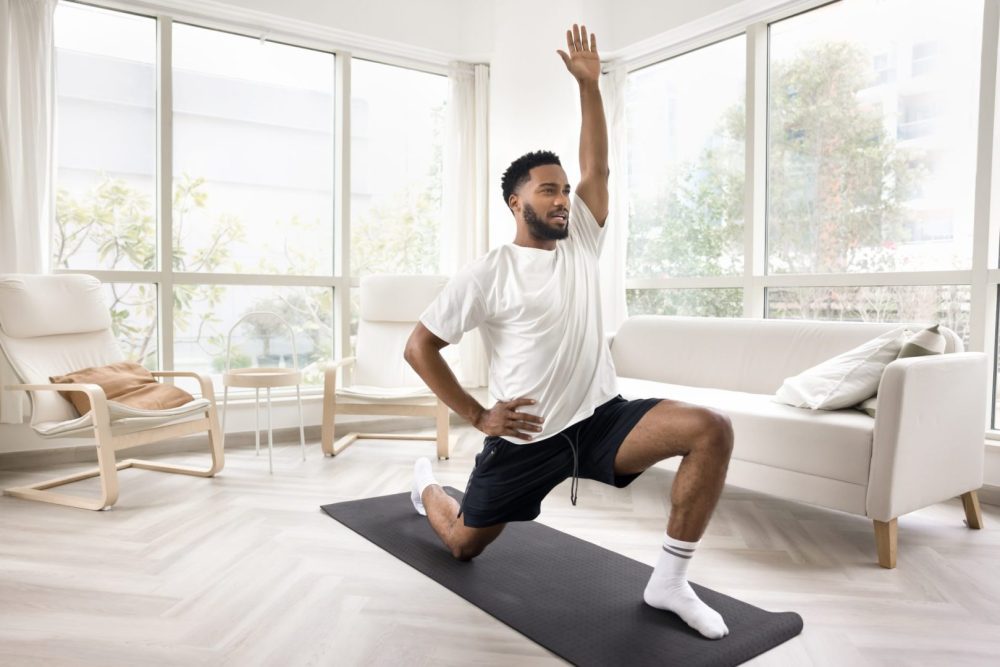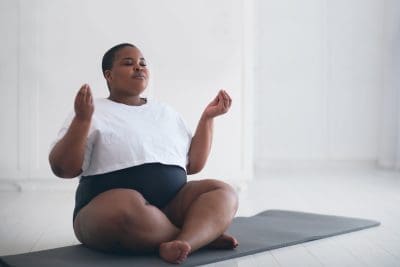The plank exercise has earned its place as a staple in fitness routines worldwide, combining simplicity with effectiveness. Whether you are a beginner or an advanced athlete, planks offer a versatile way to enhance core strength and improve posture. The current world record for holding a plank—an astonishing nine hours and 30 minutes—demonstrates the potential of this exercise. However, even short-duration planks can deliver significant benefits, making them an essential addition to any workout plan.
Why planks are essential for core strength
Planks go beyond just toning your abs; they engage the entire core musculature, including the obliques, lower back, and pelvic floor. Research from Harvard Health Publishing highlights the value of this exercise in building overall stability and preventing injuries. Unlike traditional crunches, planks minimize strain on the spine while offering comprehensive benefits. They require no equipment and can be performed virtually anywhere, making them accessible for everyone.
The beauty of the plank lies in its adaptability. By incorporating variations, you can target specific muscle groups and progressively challenge your strength. This flexibility allows planks to fit seamlessly into any fitness routine, regardless of your skill level.
Foundational plank variations
To build a strong foundation, start with basic plank variations. These exercises focus on proper form and stability while preparing your body for more advanced movements.
The forearm plank is the cornerstone of core strengthening. Begin by positioning your elbows directly under your shoulders and creating a straight line from head to heels. Engage your core muscles and maintain a neutral neck alignment by gazing at the floor. This basic position strengthens the entire core and sets the stage for more dynamic exercises.
Another effective variation is the reaching plank, which introduces controlled movement. From a forearm plank position, extend one arm forward, then return it to the starting point before alternating sides. This movement challenges stability while minimizing hip rotation, promoting greater core engagement.
Intermediate movements for dynamic strength
Once you have mastered the basics, intermediate plank variations can add variety and increase intensity. These movements incorporate balance and coordination, pushing your core strength to the next level.
The bird-dog plank combines balance with core engagement. Start in a forearm plank and simultaneously extend one arm and the opposite leg. Hold briefly, then return to the starting position and alternate sides. This exercise enhances coordination and targets multiple muscle groups.
For a full-body workout, try the plank walk-down. Begin in a high plank position, then lower one arm at a time into a forearm plank before pressing back up to the starting point. Alternate the leading arm with each repetition to evenly distribute the workload. This dynamic movement engages the chest, shoulders, and core while improving overall stability.
Advanced variations for experienced athletes
Advanced plank variations provide a greater challenge by incorporating resistance and dynamic movements. These exercises demand strength, control, and precision, making them ideal for seasoned fitness enthusiasts.
The kettlebell drag is a powerful way to add resistance to your plank routine. While maintaining a plank position, drag a kettlebell or weight across the floor with controlled movements. This exercise requires core stability and arm strength while targeting the obliques.
Another advanced option is the body saw, which uses sliders or towels under your feet. From a forearm plank, create a controlled forward and backward motion while keeping your body rigid. This movement intensifies core engagement and enhances muscle endurance.
To target lateral strength, consider side plank progressions. Start with a modified side plank by keeping your knees bent. As your strength improves, progress to a full side plank, adding leg raises or hip dips for increased difficulty. These variations effectively engage the obliques and improve balance.
Incorporating planks into your fitness routine
To achieve optimal results, incorporate plank exercises strategically into your workouts. Start with one or two basic variations and gradually progress to more challenging movements as your strength improves. Aim to include planks in your routine two to three times per week, focusing on quality over duration.
Proper form is crucial for preventing injuries and maximizing benefits. Keep your spine neutral, engage your core muscles, and avoid letting your hips sag or rise too high. If you experience pain or discomfort, stop and reassess your technique before continuing.
The broader benefits of planks
Plank exercises offer more than just physical benefits. By strengthening your core, they improve posture, reduce back pain, and enhance overall stability. A strong core also translates to better performance in other activities, from sports to daily movements.
Incorporating planks into your fitness routine fosters discipline and consistency, qualities that extend beyond the gym. The simplicity and accessibility of planks make them an excellent choice for anyone looking to improve their overall fitness and well-being.
Planks are a testament to the idea that effective exercise does not have to be complicated. By mastering these variations and incorporating them into your routine, you can unlock the full potential of this powerful movement. As your strength and stability improve, so will your confidence in tackling new challenges.













